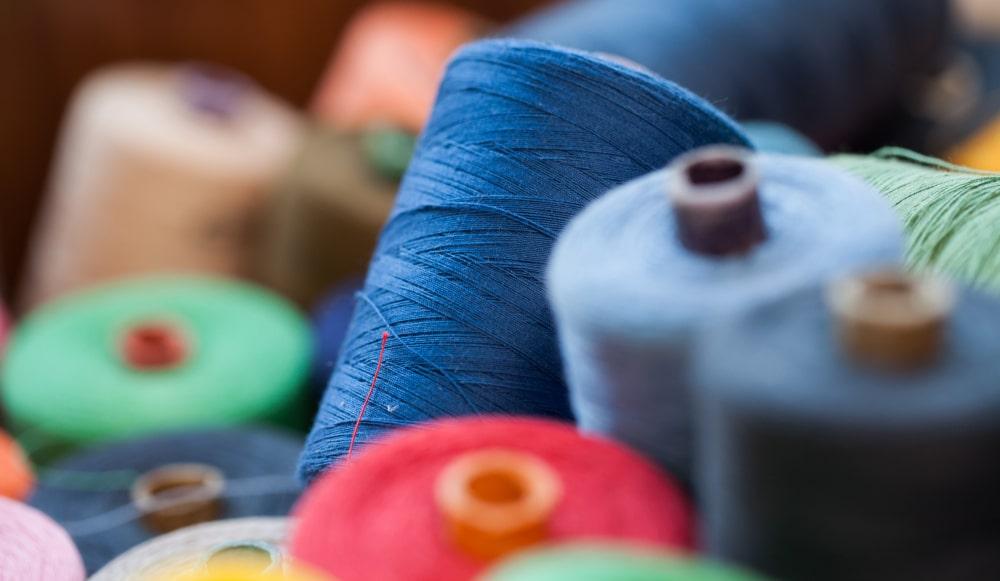
Emerging Markets for Textile Exports: Opportunities and Challenges
The impact of the global economic slowdown and declining global trade will reverberate across various sectors in 2023, and India’s textile and apparel industry is no exception. As emerging markets continue to grow, there are significant opportunities for textile manufacturers to expand their business.
However, there are also unique challenges to navigate in these markets. In this article, we explore the emerging markets for textile exports and the opportunities and challenges they present, with insights from Vatsal Exports LLP.
The Emergence of New Textile Markets
As the global economy continues to evolve, so do the opportunities for textile exports. Emerging markets are countries that are experiencing rapid economic growth, often with rising levels of disposable income and an expanding middle class.
These markets present new opportunities for textile manufacturers to expand their business and reach new customers.
Some of the emerging markets for textile exports include:
- India: India is a major exporter of textiles and garments, with a diverse range of products including cotton, silk, and jute. The textile industry is a significant contributor to the Indian economy, with exports valued at $35.5 billion in 2023.
- China: China is the world’s largest textile exporter, with exports valued at $350 billion in 2023. The Chinese textile industry is known for its advanced production capabilities and low labor costs.
- Vietnam: Vietnam is emerging as a major player in the textile industry, with exports valued at $45 billion in 2023. The country’s proximity to major textile markets, such as China and Japan, make it an attractive location for textile manufacturers.
Opportunities & Challenges in Emerging Textile Markets
Opportunities in Emerging Textile Markets
Emerging textile markets present significant opportunities for textile manufacturers to expand their business and reach new customers.
Some of the key opportunities in these markets include:
- Growing demand for textiles: As emerging markets continue to grow, so does the demand for textiles. Rising levels of disposable income and an expanding middle class are driving demand for higher quality textiles and luxury brands.
- Low labor costs: Many emerging markets have lower labor costs than developed countries, making them an attractive location for textile manufacturers looking to reduce production costs.
- Access to new markets: Expanding into emerging markets provides textile manufacturers with access to new markets and customers, helping to diversify their customer base.
Challenges in Emerging Textile Markets
While there are significant opportunities in emerging textile markets, there are also unique challenges to navigate. Some of the key challenges include:
- Infrastructure: Many emerging markets have underdeveloped infrastructure, which can make it challenging to transport goods and access raw materials.
- Language and cultural barriers: Doing business in emerging markets often requires overcoming language and cultural barriers, which can impact communication and business operations.
- Regulatory issues: Emerging markets may have different regulations and standards than developed countries, which can create additional compliance and legal challenges for textile manufacturers.
In conclusion
Emerging markets for textile exports present both opportunities and challenges for Vatsal Exports LLP. By being proactive and adaptable, Vatsal Exports LLP can navigate these challenges and capitalize on the opportunities presented by these markets to expand its reach and enhance its competitiveness in the global textile industry.
To stay updated on trends, please visit our website and contact us.

